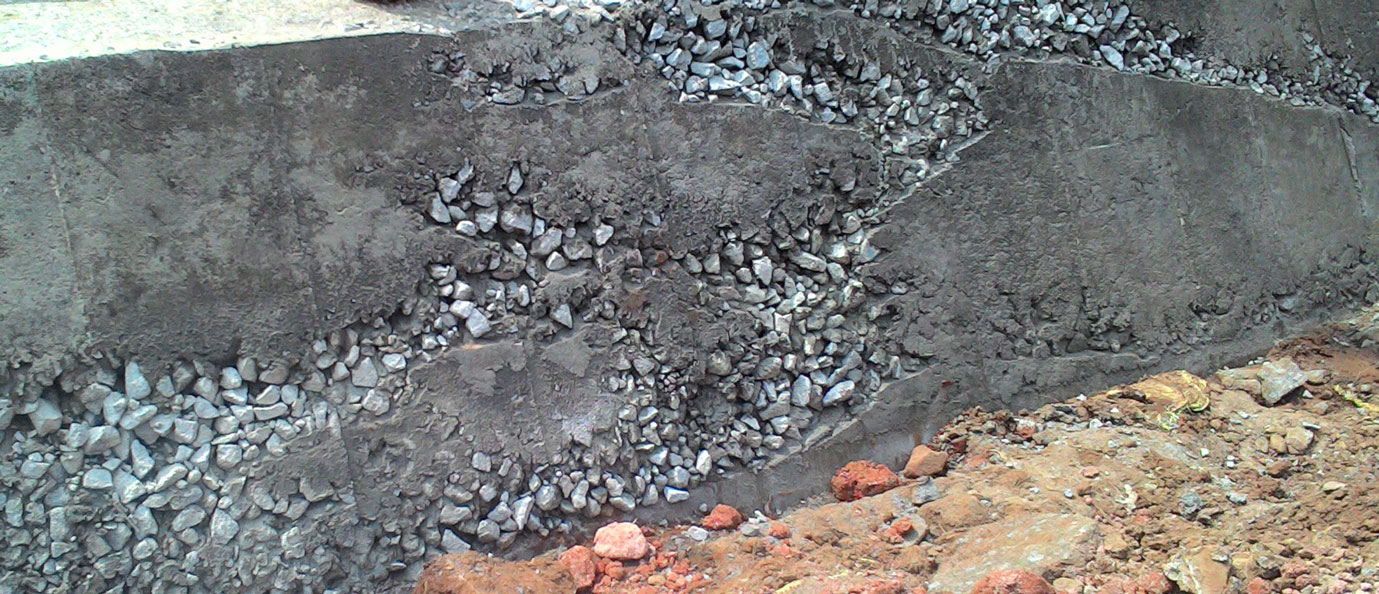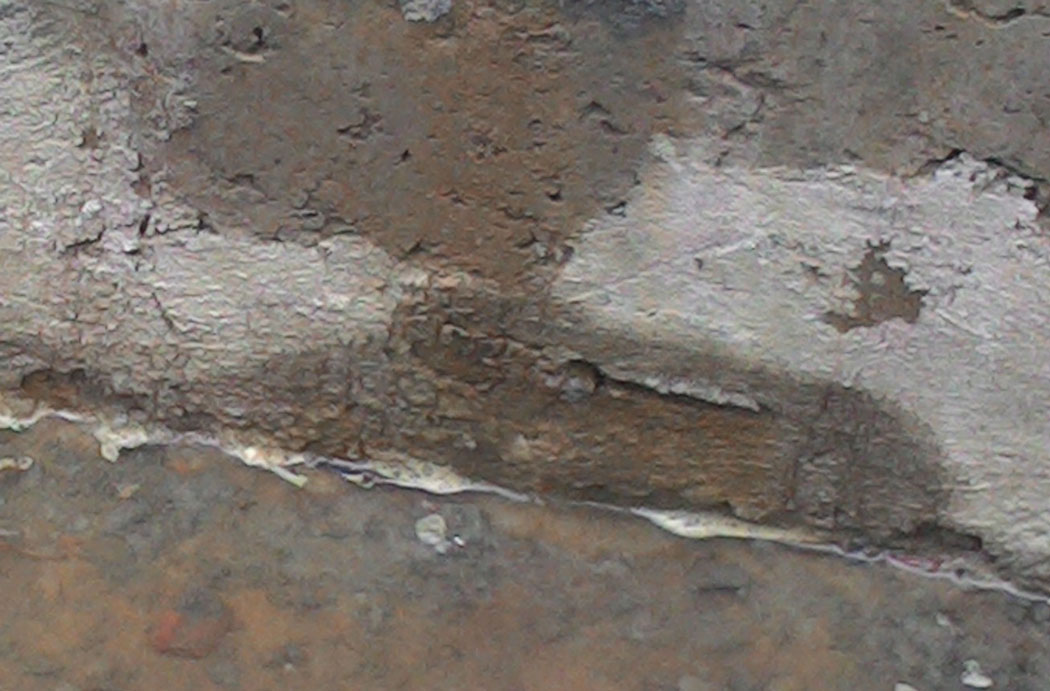Concrete Honeycomb
Concrete honeycomb is becoming a serious issue nowadays. The Concrete make to form various structural…
Preventing water entering into water-bonding structures
Preventing water entering into water-bonding structures. Water leaking is the main problem occurring in many concrete…
Self-healing joint Techniques for construction joint applications
In this post, we are explaining, how to avoid leakage problems in storage tanks, slabs,…
Using penetron technology to Increase lifespan of concrete structures by 60%
PENETRON ADMIX method is to protect concrete in most critical environments. PENETRON ADMIX becomes an…
Beam Strengthening using Micro concrete Jacketing
Beam Strengthening using Micro concrete Jacketing Beam Strengthening Remove entire plaster to reach parent concrete…
Strengthening of Columns by using Master Brace Laminate & FIB system
Column Strengthening Remove entire Plaster from the column surface carefully by chipping with Chipper machine.…






